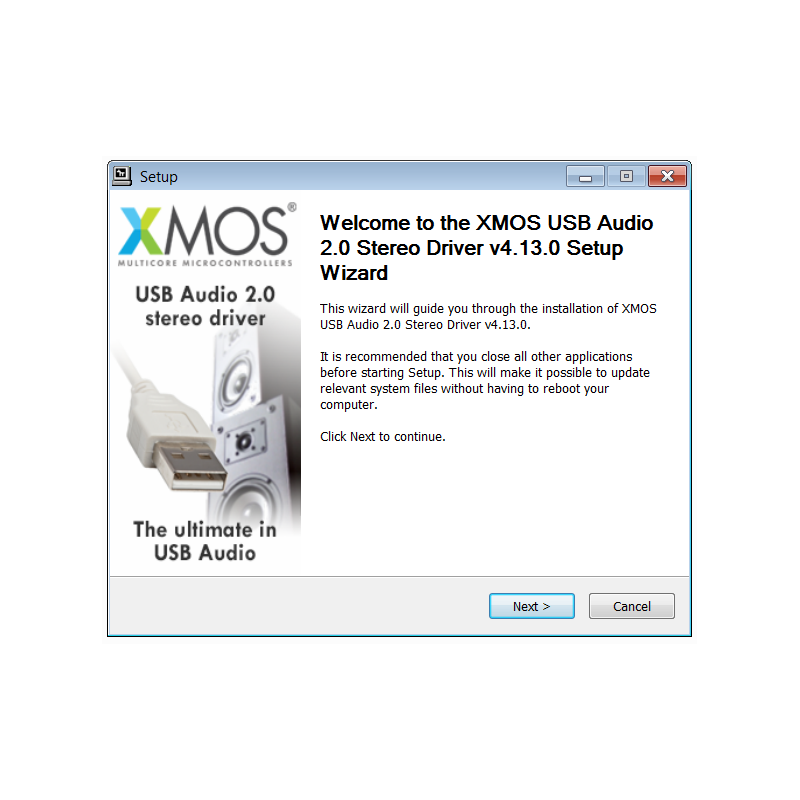As I observe forums since past year, it seems computer audiophiles are making demands and speculations based on information shared in online community. There’s only few bits shared among audiophiles who tried to build DIY servers and some are mixed with uninformed or misunderstandings. So I’ll try to share my knowledge that should help people in community trying to look in wider aspects.
We were told lower CL is better and that’s true for many time sensitive applications. But think about it this way. The lowest possible CL in DDR4 now is CL10 for bus 2133MHz. In DDR2 time, lowest possible CL is CL4. Isn’t that like DDR4 will sound terribly poor comparing to DDR2?
If that’s not the case here, lower CL doesn’t really mean it will always make sound quality better than higher CL one. I agree that having lower CL would be more preferable according to specifications but there should be more important factor than CL value of RAM.
From my observation through years with RAM testing since DDR2, the most important part of RAM is RAM chip itself. Even CL is lower but RAM chip has worse performance for audio, it’ll sound worse. Lower CL also affected audio performance to have less solid dynamics too and increasing CL can actually improve these aspects.
Another thing is ECC RAM sounding better though in theory it shouldn’t be. The reason that ECC RAM does sound better doesn’t really come from ECC technology itself. If you look at price point, ECC RAM costs significantly more expensive and that’s not for ECC chip alone. There’s also quality of passive components improved like ceramic capacitors and resistors used, some chipset being improved or having higher level tests which lead to ECC RAM being superior grade to non-ECC one for some cases.
Now let’s move on to single slot and multiple slot RAM. Some people believe single slot RAM is better due to having less components to cause interference. Some people believe multiple slot RAM is better due to having better RAM performance and both sides have listening tests to prove their claim too. The answer is neither.
Single slot RAM should be better technically but are you really certain it’s single slot RAM? There’re plenty of chip there and sometimes you get those chips on one side or two sides. Have you heard about single/double rank term for RAM? That will also affect how RAM module works and affect sound quality too. Some people uses only one 4-8GB for true single rank RAM but may not sound like the best idea for RAM too.
The reason why there’s no correct answer for RAM selection is because of different sound signature on each RAM chip. One model can sound like sound stage is expanding too much and dynamics can be blurred on multiple slot for some RAM. Some RAM has narrowed sound stage but strong dynamics which can have better synergy on multiple slot. Sometimes different sounding RAM can sound quite similar in different configuration.
There’s also the case of low powered design and high powered design in consideration and also system optimizations to bring the best of each design depending on designer’s philosophy and R&D. I hope this article will help you realize that it’s not about choosing the lowest possible CL to get the best RAM alone.

